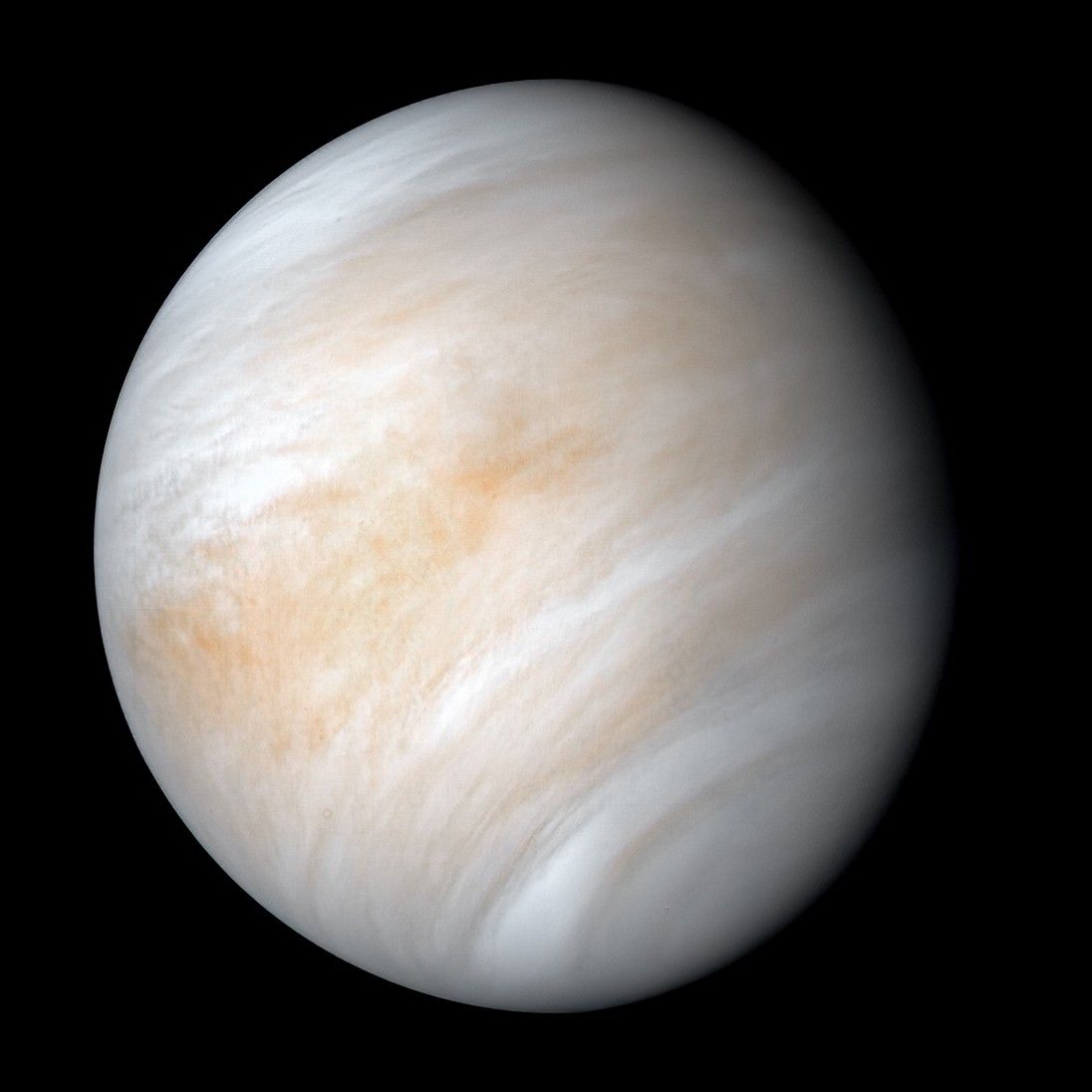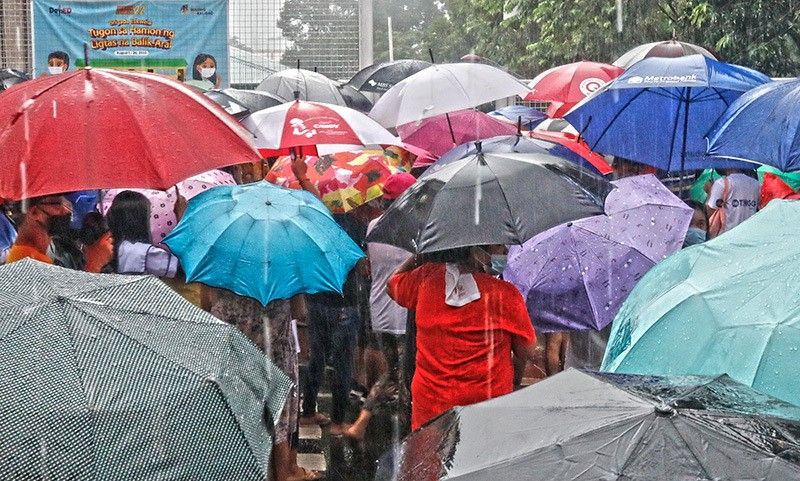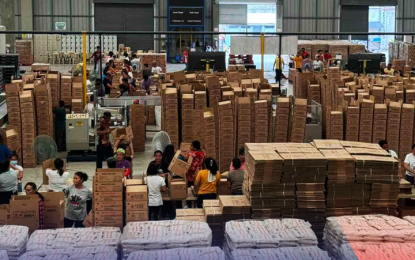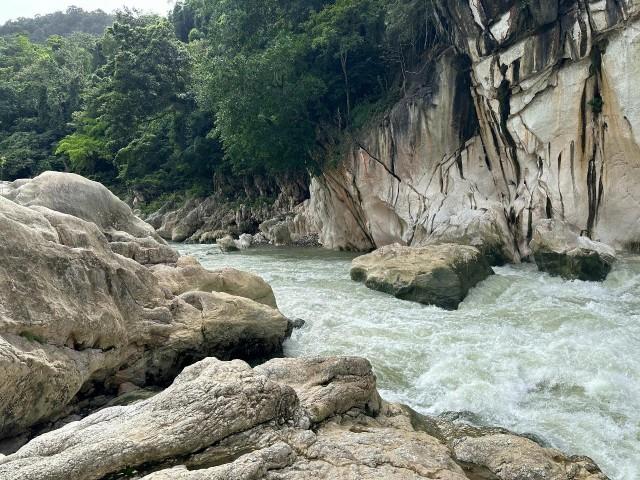A potentially dangerous near-Earth asteroid has been tracked back to the far side of the moon

It's believed that an odd asteroid passing close to Earth is a piece of the moon, but it's still unclear how exactly it managed to speed through the solar system. Researchers claim to have now solved a major piece of this cosmic riddle.
It was initially found in 2016 by astronomers in Hawaii with the Pan-STARRS telescope, also known as the Panoramic Survey Telescope and Rapid Response System. The asteroid is known by scientists as Kamo'oalewa, which is derived from a creation chant from Hawaii that suggests an offspring that travels independently.
A unique kind of near-Earth asteroid that orbits the sun but stays close to Earth, the space rock known as 2016 HO3 is a quasi-satellite.
According to a study published on April 19 in the journal Nature Astronomy, Kamo'oalewa most likely originated from the Giordano Bruno crater on the far side of the moon, or the side that faces away from Earth. Most near-Earth asteroids are thought to have originated from the main asteroid belt, which lies between the orbits of Mars and Jupiter.
According to lead study author Yifei Jiao, a doctoral student at Tsinghua University in Beijing and a visiting scholar at the University of Arizona's Lunar and Planetary Laboratory, this is the first time astronomers have linked a potentially dangerous near-Earth asteroid to a lunar crater.
With a diameter of roughly 150–190 feet (46–58 meters), Kamo'oalewa is roughly half the size of the London Eye Ferris wheel. It approaches Earth by 9 million miles (14.5 million kilometers) during its orbit, making it a potentially dangerous asteroid that astronomers monitor and study further in case it ever veers too near to the planet.
News Source: https://edition.cnn.com/2024/05/01/world/lunar-crater-asteroid-scn/index.html
What's Your Reaction?












/https://tf-cmsv2-smithsonianmag-media.s3.amazonaws.com/filer_public/54/66/546650fa-26a4-40fd-8d6d-5a7a04540f81/rosetta2.png)
:max_bytes(150000):strip_icc():focal(999x0:1001x2)/robert-prevost-050825-1-39395418ab494da5a3a700c9478e66c8.jpg)















































format(webp))
format(webp))

























